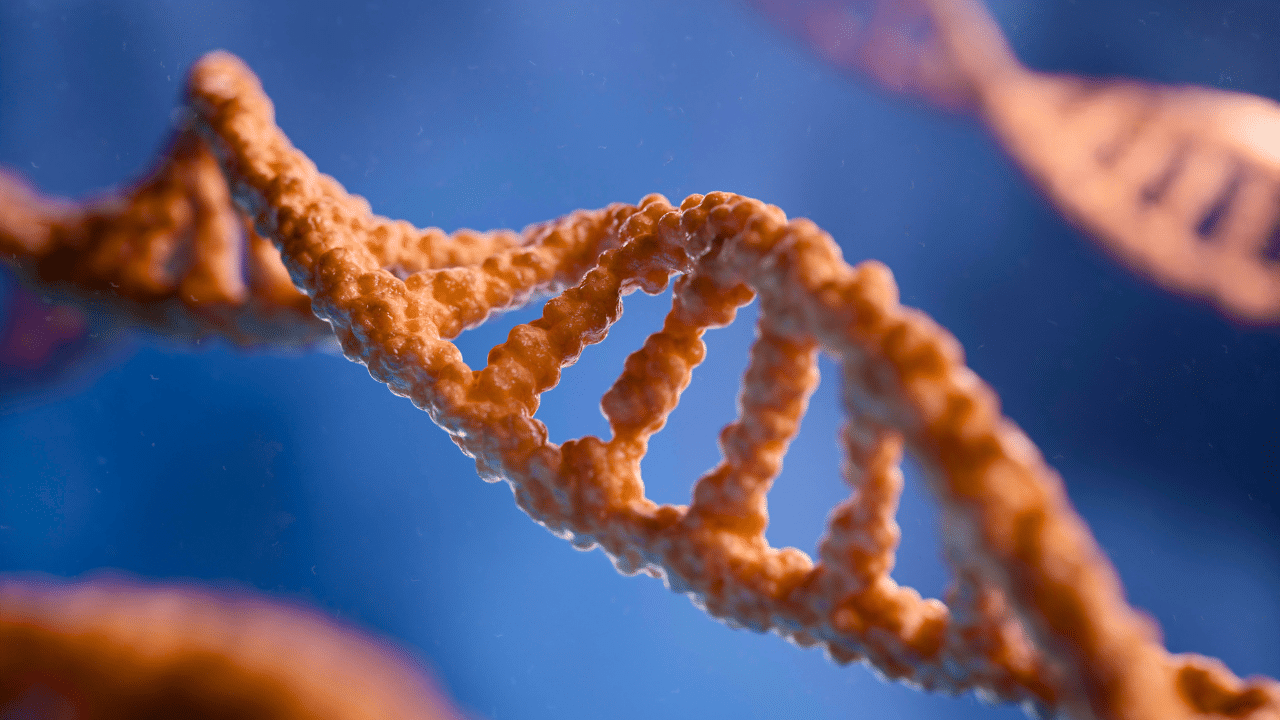The study stems from the doctoral thesis of Mauricio Castellano and was co-supervised by Juan Pablo Tosar and Mercedes Segovia, all researchers at the Institut Pasteur de Montevideo and Udelar. Other contributors include scientists Valentina Blanco, Marco Li Calzi, Bruno Costa, Marcelo Hill, and Alfonso Cayota (IPMontevideo/Udelar), as well as Kenneth Witwer from the Johns Hopkins University School of Medicine in Baltimore, USA.
RNA—crucial in the processing of genetic information in all living organisms—is typically found inside cells, where it carries out a variety of functions. However, it is also known that RNA exists outside cells, circulating in blood and other bodily fluids such as saliva and urine. Until now, it was believed that this extracellular RNA had no significant biological role, as it was thought to degrade quickly. In fact, the prevailing view held that the cell membrane acted as a barrier to extracellular RNA molecules, and that for RNA to enter a cell and perform any function, it had to be encapsulated within vesicles.
The Uruguayan study, however, revealed that free or “naked” RNA can be spontaneously taken up by cells and trigger various biological processes. According to the authors, this phenomenon had gone undetected until now due to the high concentration of enzymes in the blood known as RNases, which rapidly degrade circulating RNA.
The study demonstrated that when these enzymes are inhibited, cells are capable of internalizing extracellular RNA. This allows the RNA to reach ribosomes—the cell’s protein factories—or, in the case of bacterial RNA, to trigger immune responses.
This discovery not only overturns a long-standing principle of cell biology, but also reveals a previously unknown communication mechanism between cells that may rely on free RNA as a messenger. It also offers a new explanation for the abundance of RNases in the blood: they may serve as regulators of free RNA function.
While further research is needed to fully understand the mechanisms involved across different models (including humans), this discovery could inspire RNA-based therapeutic strategies that were previously dismissed.


